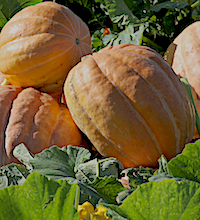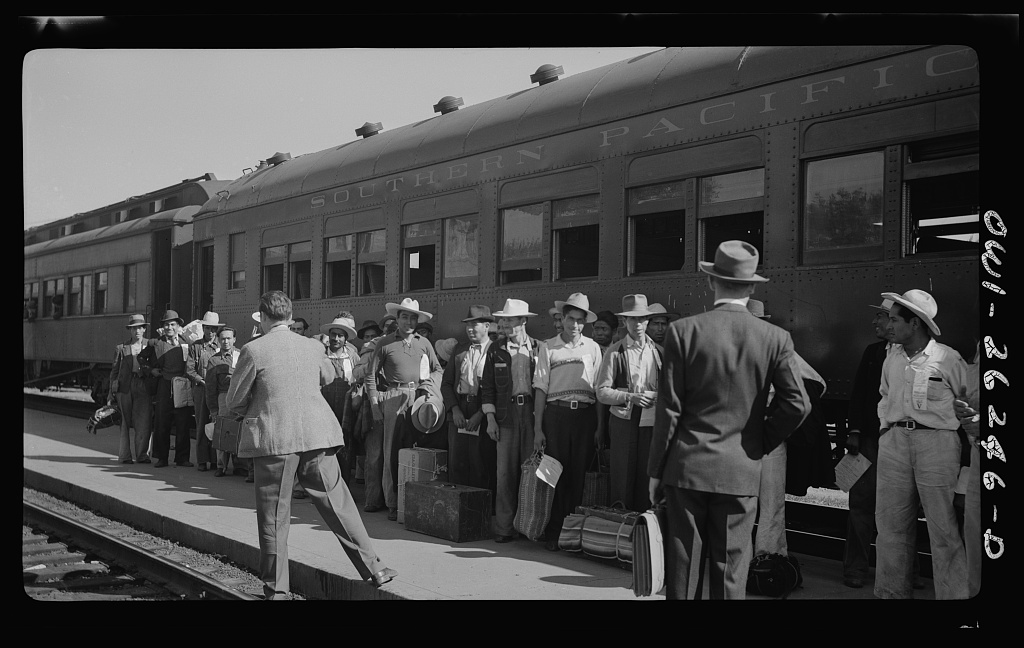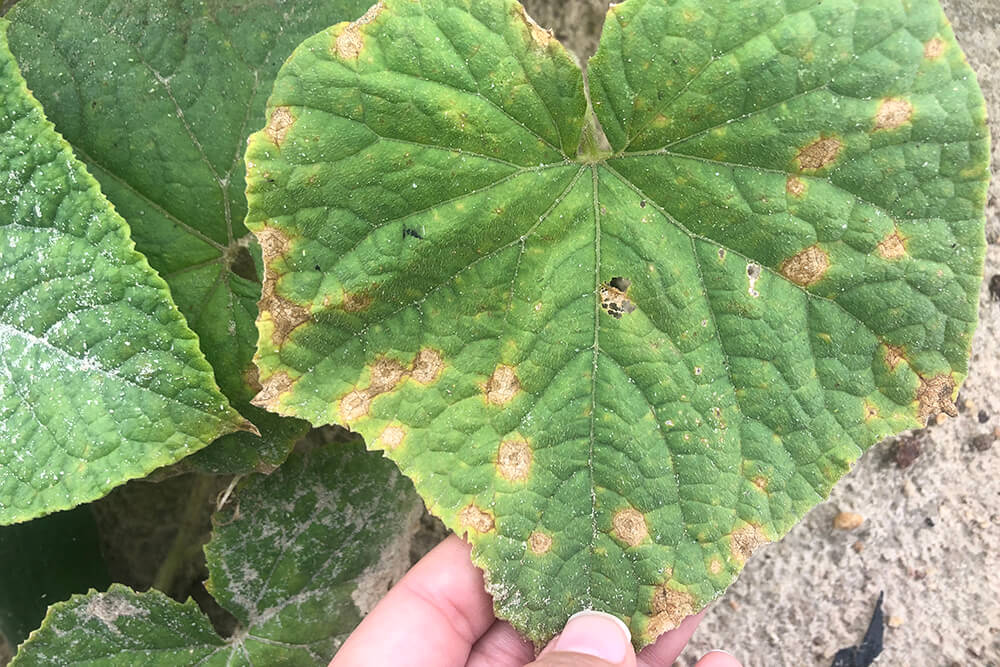One of the surest signs that fall is upon us is the appearance of pumpkins for sale along roadsides. If the pumpkins are ready for harvest, frost can't be far behind.
The search for the perfect pumpkin has become almost as important as scouring the woods for the perfect Christmas tree. Pumpkins come in many shapes and sizes, and people's preferences vary.
Check the local roadside markets
So where do we find the one “Great Pumpkin” that will satisfy our holiday desires?
The best pumpkin may only be an afternoon's drive away. Or it could be waiting at the local supermarket. Many roadside stands and local grocers offer pumpkins. A growing number of local farms, too, offer hayrides to the field and let customers pick their own pumpkins. This is akin to the stroll in the forest looking for the right Christmas tree or the Thanksgiving morning turkey hunt for the day's main course.
So how do you pick a great pumpkin? The American Phytopathological Society suggests the following tips:
• Check for moldy areas or soft spots on the fruit (remember to check the bottom). Choose one with a hard rind.
• Check the stem attachment. Healthy stems are green and securely attached.
• Most pumpkin varieties are a dull to bright-orange when mature.
• Keep the pumpkin in a dry, shady place, and try to prevent it from freezing.
• To help a Jack-o-Lantern last through Halloween, don’t carve it until a few days before the event.
• Pick pumpkins before frost. Leave at least 3 to 4 inches of stem on the fruit.
Most Georgia-grown pumpkins grown in the north
Don't expect to always find a pumpkin that is locally grown. Georgia farmers only grow about 600 acres of them each year, although that figure has been rising. Most of the pumpkins grown in Georgia are in the northern third of the state, although there are a few south Georgia growers.
Plant viruses and insect pressure have traditionally made growing pumpkins in south Georgia hard to do. However, in recent years, new varieties developed by the University of Georgia show promise for disease resistance.
For harvest near Halloween or Thanksgiving, pumpkins must be planted in early to late June, depending on the variety. Don't expect to break the world record (more than 1,000 pounds). It's virtually impossible to grow competitively large pumpkins in Georgia’s climate. Limit your competition to local and state fairs.







